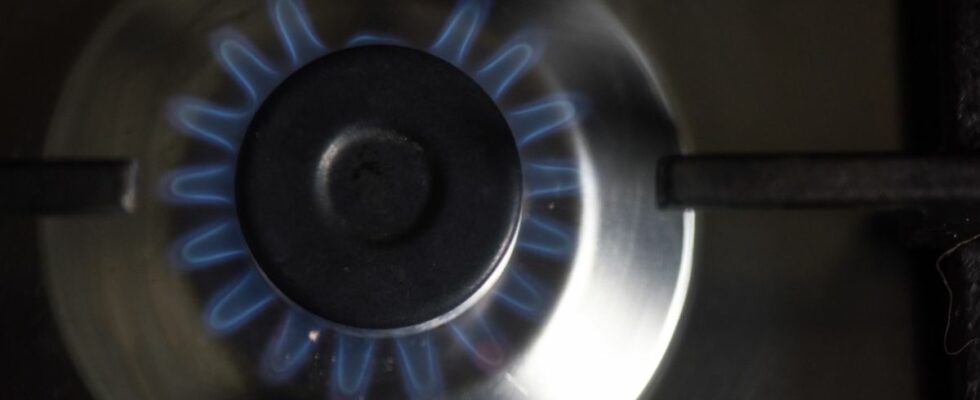Like millions of Europeans, Sofie de Rous, owner of a small house on the Belgian coast, saw her bills skyrocket from the spring, after the invasion of Ukraine by Russia, with the gradual closing of Russian gas pipelines to Europe.
She paid 120 euros a month before the war for gas and electricity: her bill rose to 330 euros. “I panicked a bit,” admits this 41-year-old communicator. Used to heating her house to 21°C, she has lowered the temperature to 18°C and is looking to install solar panels and double glazing.
Like Sofie, a new generation of Belgians, French or Italians lost their energy carelessness in 2022 and learned to monitor their radiators.
Gas prices have jumped, with a very concrete and very expensive consequence: Europe and Asia are now outbidding themselves to win cargoes of liquefied natural gas (LNG) produced further afield, in the United States, Qatar or elsewhere.
Forced sobriety for Europeans
Countries like Spain and France reacted by freezing tariffs for consumers but others, like Belgium, more or less let suppliers pass on the increase.
European reserves were filled to the brim during the summer with the last cubic meters of Russian gas, and no one suffered a cut. “Until February, the very idea that Europe could manage without Russian energy seemed impossible,” recalls Simone Tagliapietra, of the Bruegel think tank in Brussels. “The impossible has become possible. »
Europeans have greatly reduced their energy consumption: -20% of gas in the EU from August to November, compared to the previous five years, according to Eurostat.
“Not enough gas in the world to replace Russian gas”
In a few months, Russia has thus lost its first gas customer, Europe, whose purchases have gone from 191 billion cubic meters in 2019 to 90 billion this year, and probably 38 billion in 2023, predicts Wood Mackenzie.
We had to compensate with this LNG that the EU used to neglect because it was more expensive.
For the winter of 2023/2024, there will be no more Russian gas to replenish reserves in spring and summer. If it is very cold in January and February, more LNG will have to be bought and the Europe-Asia “battle” will intensify, explains Laura Page, gas specialist at energy data provider Kpler.
“There is not enough gas in the world to replace Russian gas,” agrees Graham Freedman. It is only around 2025 or 2026 that new LNG projects, especially in Qatar, will produce millions of additional tons.

